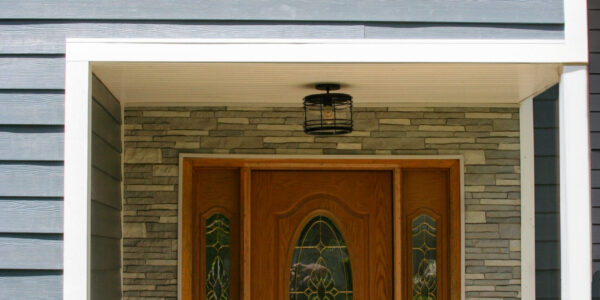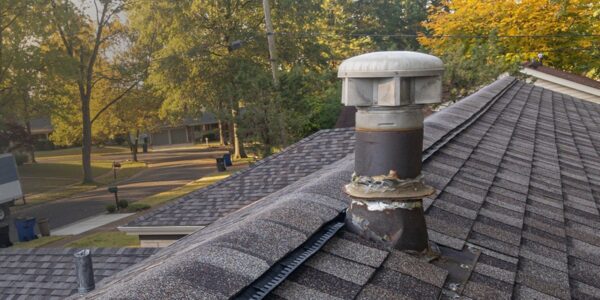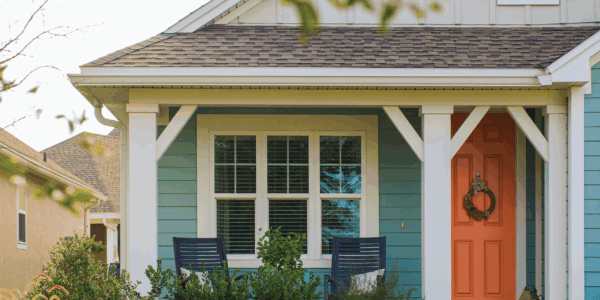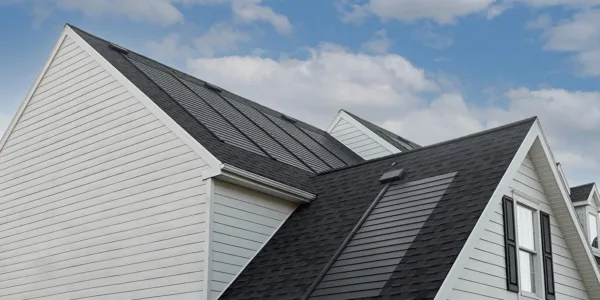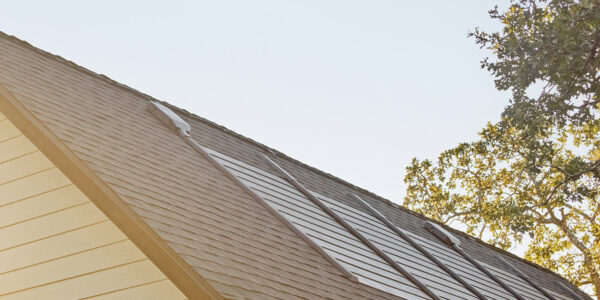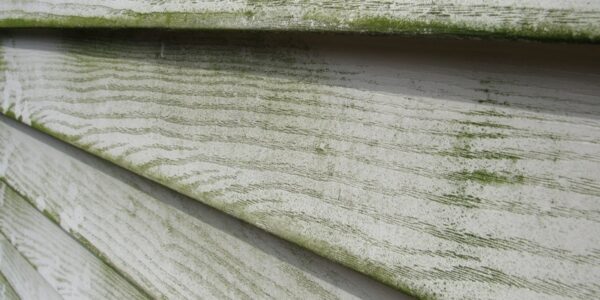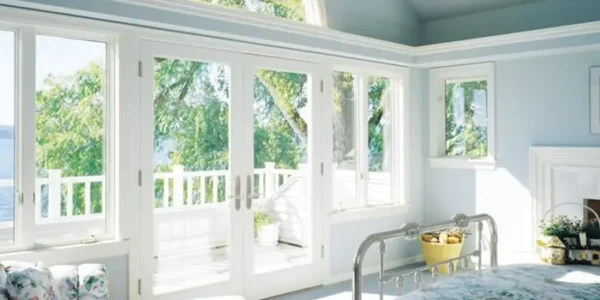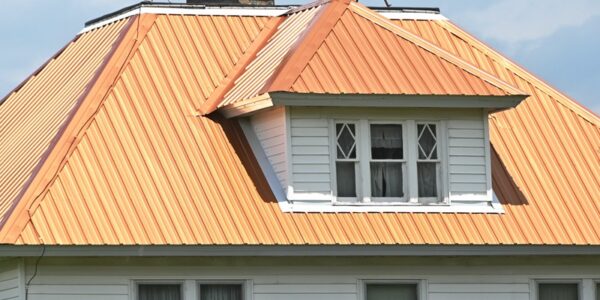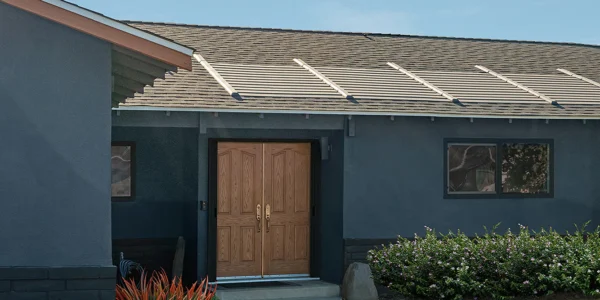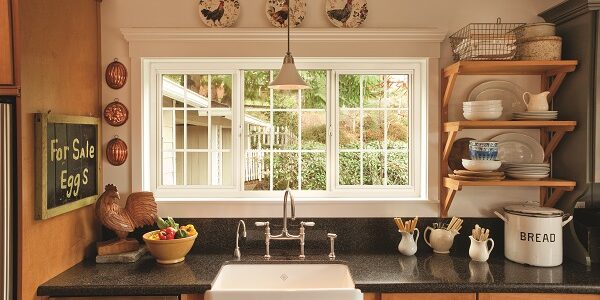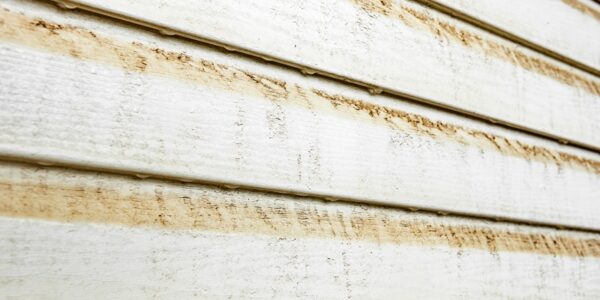Bath & Shower

Steven Shortridge
District Manager
Portland, Oregon
Expertise
- Roofing
- Siding
- Windows
- Bathtubs & Showers
- Solar Shingles
- Energy Efficient Home Upgrades
Follow Steven
About The Author
With over 14 years of experience in residential remodeling, Steven has been an essential member of the DaBella team since 2015. Specializing in roofing, siding, windows, bathtubs, showers, solar shingles, and energy-efficient upgrades, Steven brings unparalleled expertise to every project.
As a seasoned home improvement expert, Steven’s insights provide invaluable guidance for homeowners seeking top-notch solutions. From roofing renovations to energy-efficient upgrades, his dedication to superior quality and efficiency ensures excellence in every home improvement project.
Join Steven as he shares his wealth of knowledge and experience through informative and insightful blog posts designed to help homeowners make informed decisions and transform their homes with confidence.
Articles Written By This Author
-
Are GAF Timberline HDZ Shingles ENERGY STAR Rated?
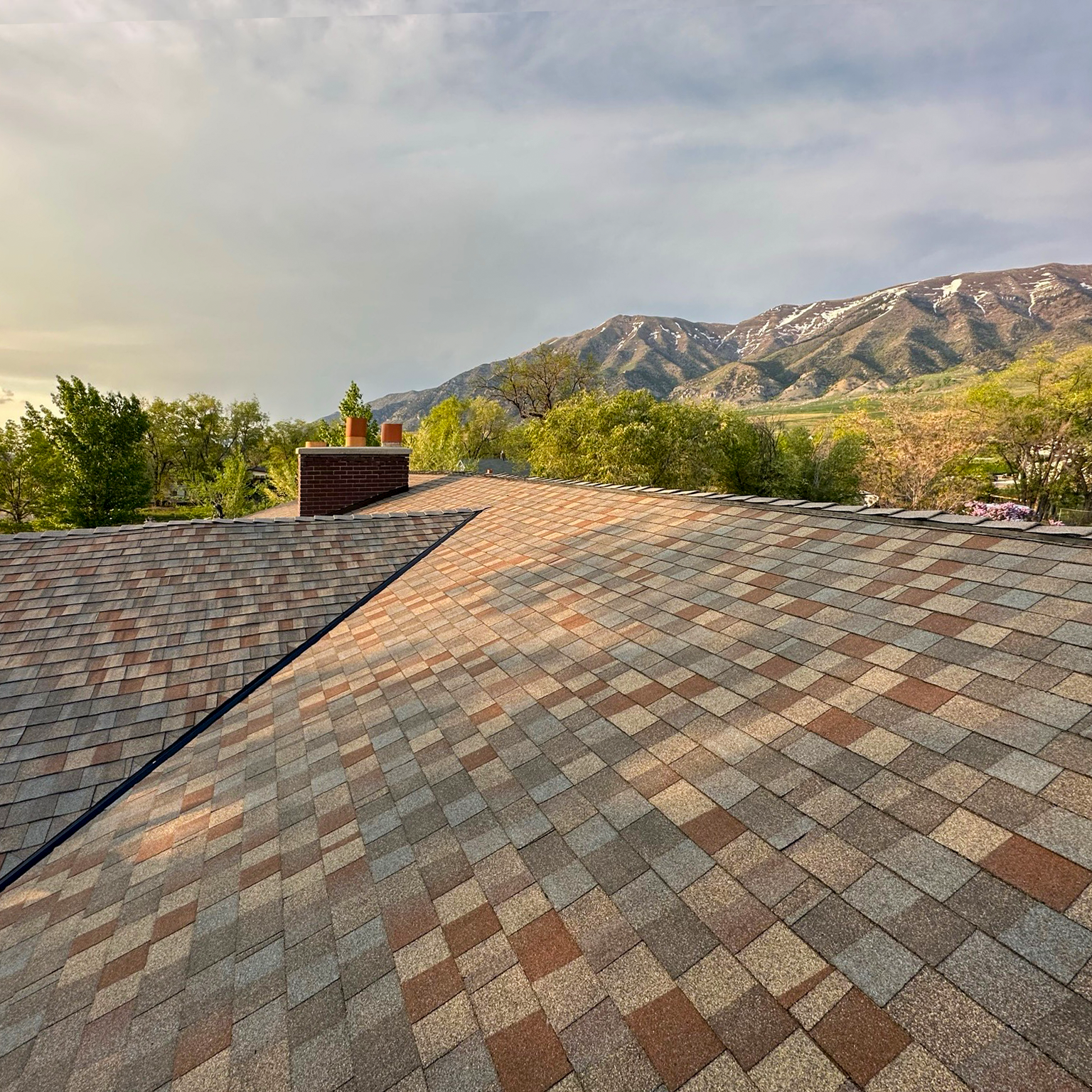
When choosing roofing materials for your home, energy efficiency has become a crucial factor alongside durability and aesthetics. With rising energy costs and increasing environmental awareness, homeowners are seeking roofing solutions that can reduce cooling expenses while maintaining superior protection and curb appeal. GAF Timberline HDZ shingles have emerged as a popular choice among homeowners… Read more
-
What is Stone Veneer? What Does it Look Like?
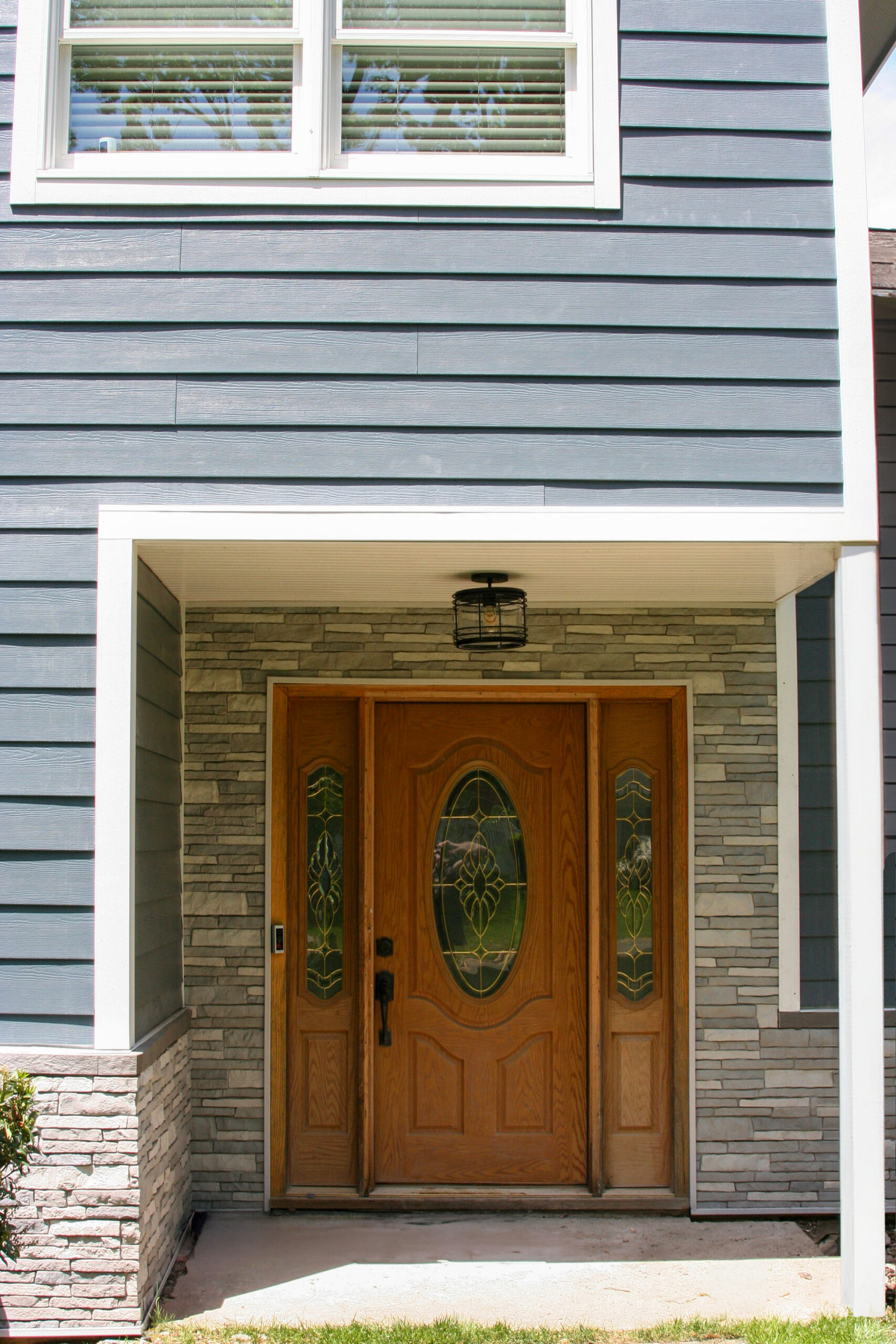
Nothing adds instant elegance and lasting value to a home quite like the rich texture and natural beauty of stone. For generations, homeowners have dreamed of incorporating stone into their properties, but the cost, weight, and complexity of traditional stone construction has made it an unrealistic option for most projects. Stone veneer has revolutionized how… Read more
-
What is an Impact-Resistant Roof?
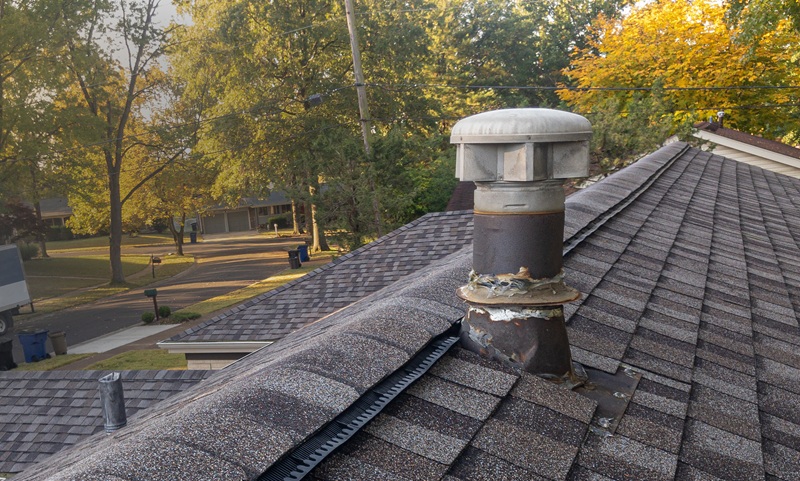
Here we explain what impact-resistant roofing systems are and their role in home protection. If you’re considering a roof replacement, researching storm-resistant materials, or evaluating the financial benefits of upgraded roofing technology, understanding impact-resistant shingles can help you make informed decisions for your property. From the engineering principles behind these specialized materials to the leading… Read more
-
What is Siding?

Siding is a vital element that shields your property from harsh weather while also contributing to its overall charm. With a variety of materials, textures, and shades available, siding allows homeowners to customize their home’s look, ensuring longevity and visual interest. This guide aims to clarify the concept of siding and assist you in selecting… Read more
-
Best Energy Efficient Windows of 2025
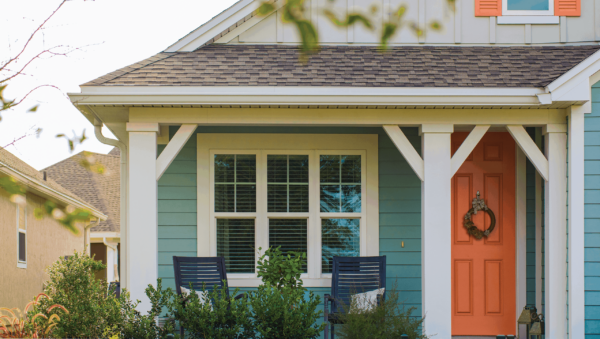
Energy efficient windows have evolved into essential home performance components, delivering substantial utility cost reductions while enhancing indoor comfort and property value. As we advance through 2025, technological innovations in glazing systems, frame materials, and thermal barriers have created unprecedented opportunities for homeowners to achieve meaningful energy savings. Modern high-performance windows can reduce heating and… Read more
-
How Long Do Solar Shingles Last?
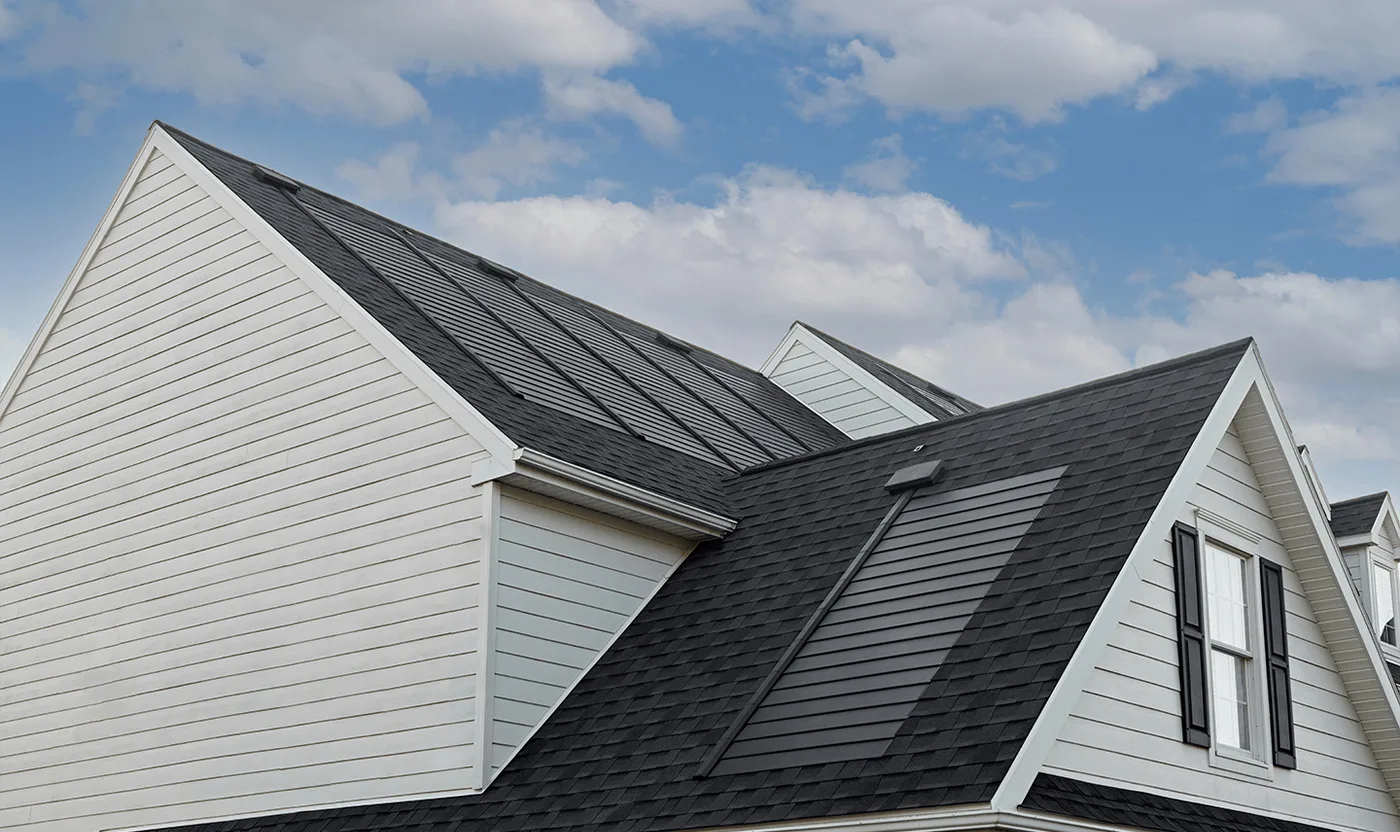
Solar shingles represent a revolutionary advancement in renewable energy technology, seamlessly combining the protective function of traditional roofing with clean energy generation. As homeowners increasingly seek sustainable solutions that don’t compromise their home’s aesthetic appeal, solar shingles have emerged as an attractive alternative to conventional solar panels. These innovative roofing materials integrate directly into your… Read more
-
What is Composite Stone?
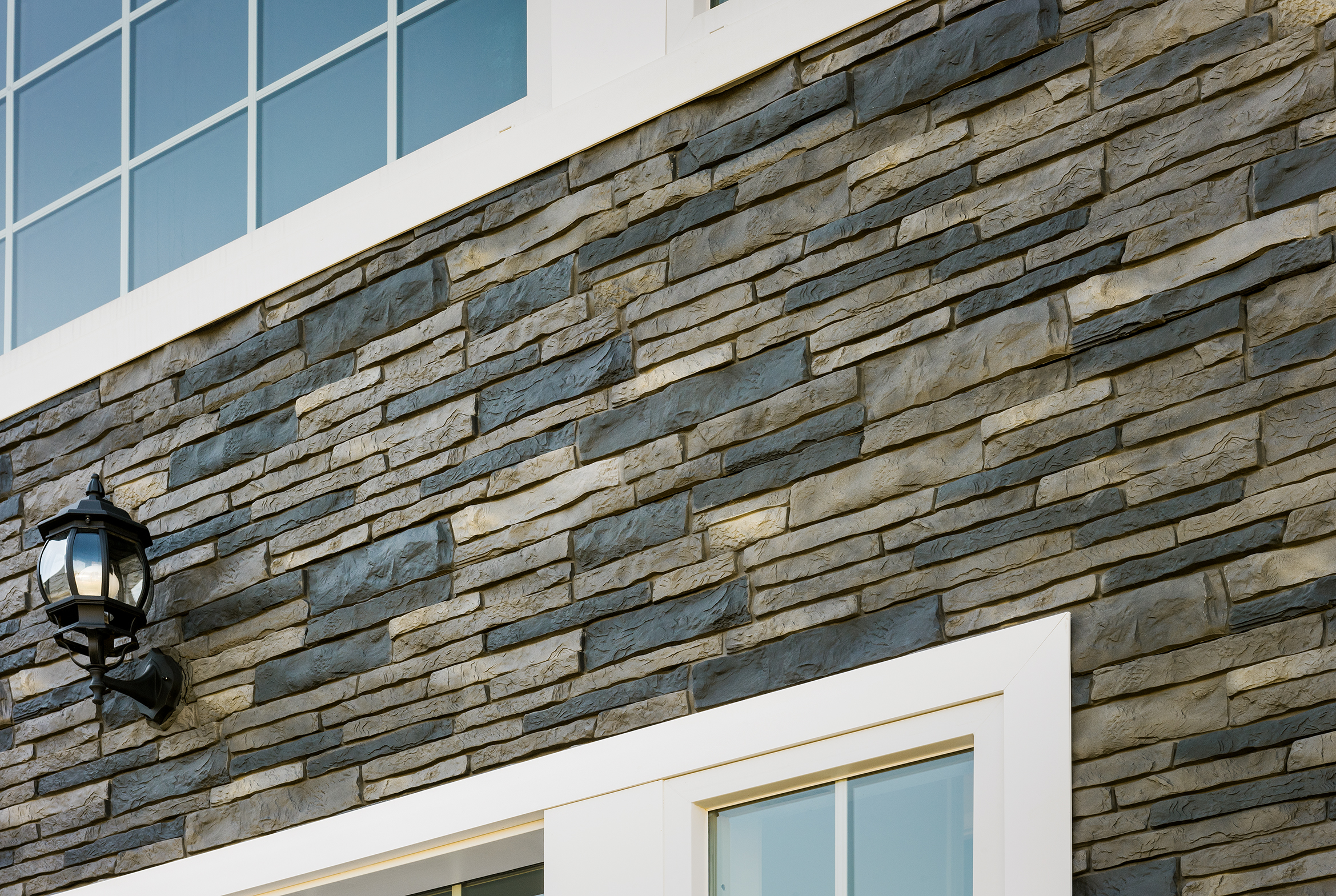
Composite stone represents a breakthrough in building materials, combining the timeless beauty of natural stone with modern engineering to create a superior surface solution. This engineered material offers the coveted appearance of premium natural stone while addressing many practical challenges associated with traditional stone materials, from kitchen countertops to exterior siding. Unlike natural stone, which… Read more
-
Do Solar Companies Replace Your Roof?

Homeowners considering solar energy often face a critical question: what happens when your roof needs replacement, but you want to install solar panels or solar shingles? This common dilemma affects thousands of property owners who recognize the long-term benefits of renewable energy but are not sure whether their aging roof can support a solar installation.… Read more
-
Is Vinyl Siding Fire-Resistant?

When you are choosing siding for your home, fire safety should be high on your list of priorities. Many homeowners wonder if vinyl siding can protect their house from fire, and it is fair – especially with the increase in wildfires we have been seeing lately in the United States. Vinyl siding is popular because it… Read more
-
Are GAF Timberline HDZ Shingles Class 4?

To ensure homes are shielded against severe weather, roofing materials must be sturdy and efficient. Homeowners often inquire about the Class 4 impact resistance rating of GAF Timberline HDZ shingles. This article will outline the features of GAF Timberline HDZ shingles, the significance of their durability, and how they provide reliable protection against harsh elements.… Read more
●●●
No more posts

